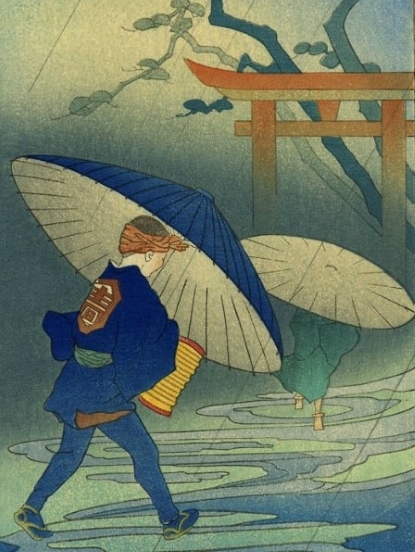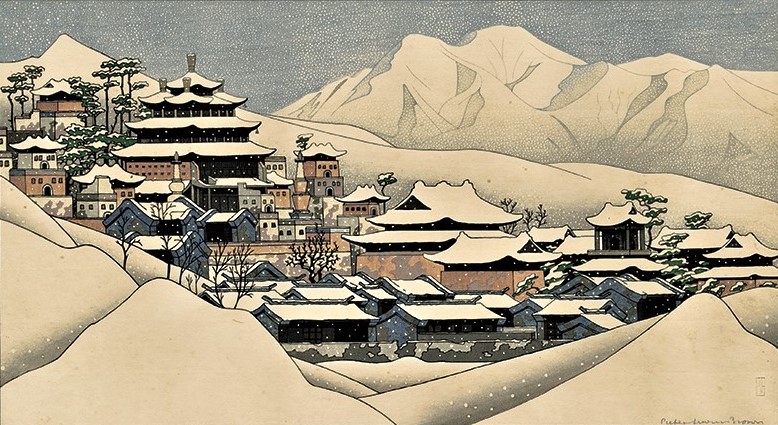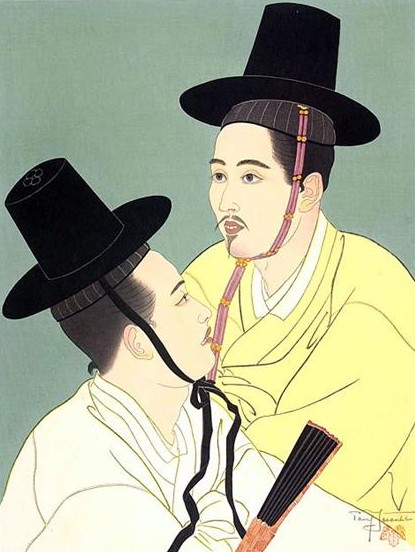THE FAR EAST SEEN FROM THE WEST
A former diplomat who lived for many years in Asia and particularly in China, Jacques Dumasy built up a collection of prints and paintings that, together, create an exceptional picture of the Far East since the beginning of the 20th century. We wanted to learn more.
How and why did you come up with the idea for this particular collection ?
In my youth, I was strongly attracted by Asian countries which, to me, represented a world totally different from the one in which I had grown up in and initiated a strong desire to travel. Alongside my main studies, I decided to learn Chinese and Indonesian at the School of Oriental Languages in Paris. Subsequently, I had the opportunity in my diplomatic career to work for extended periods in Beijing, Chengdu, Hong Kong, Tokyo, Jakarta and to visit other Asian countries. While all the richness of these civilizations then appeared to me, so did the profoundness of the cultural differences between two worlds : the East and the West. The interest – I would even say the necessity – of working towards a better understanding between these two “extremes” had become obvious. So, I did my best in the functions that I held in the Embassy as Economic Advisor and as Consul General, but I was also interested in the dialogue between cultures, especially in pictorial matters. So I started to acquire my first prints and quickly succumbed to the pleasures of becoming a collector.
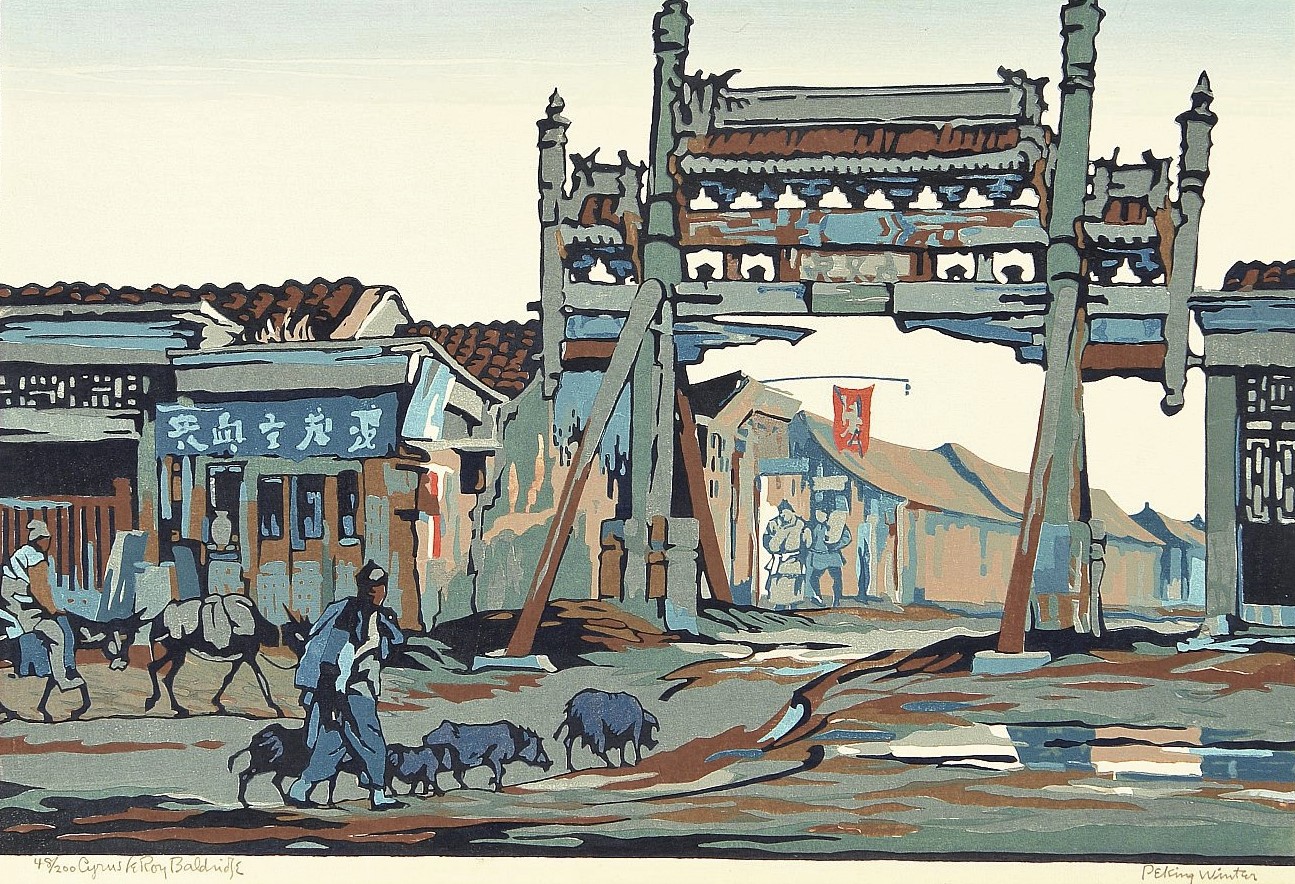
Your collection is all the same very special since it brings together works focused on the Far East, but mainly painted by Western artists.
The discovery of the Far East by the West is not a new concept - let us remember Marco Polo in the 13th century. But it only really began to take shape towards the end of the 19th century. The relationship was then politically very unbalanced, with Western powers taking advantage of a period of weakness from main Asian countries. It was a period of great misunderstanding. But this was also a pivotal time for ancient Asian cultures to begin opening up to the modern world, under the gaze of artists from Europe and America, curious and amazed, looking at each other and respecting the diversity of civilizations. Our great impressionists, Manet, Van Gogh, Gauguin and many others were strongly influenced by Japanese prints – this was the period of “Japonism.” However, some Western artists pushed their curiosity further and settled in Asia, mainly in Japan and China, to gain deeper knowledge of local painting techniques and in particular to acquire the techniques of wood engraving. It is this very specific approach that I wanted to deepen and my collection testifies to the originality and quality of the works produced.
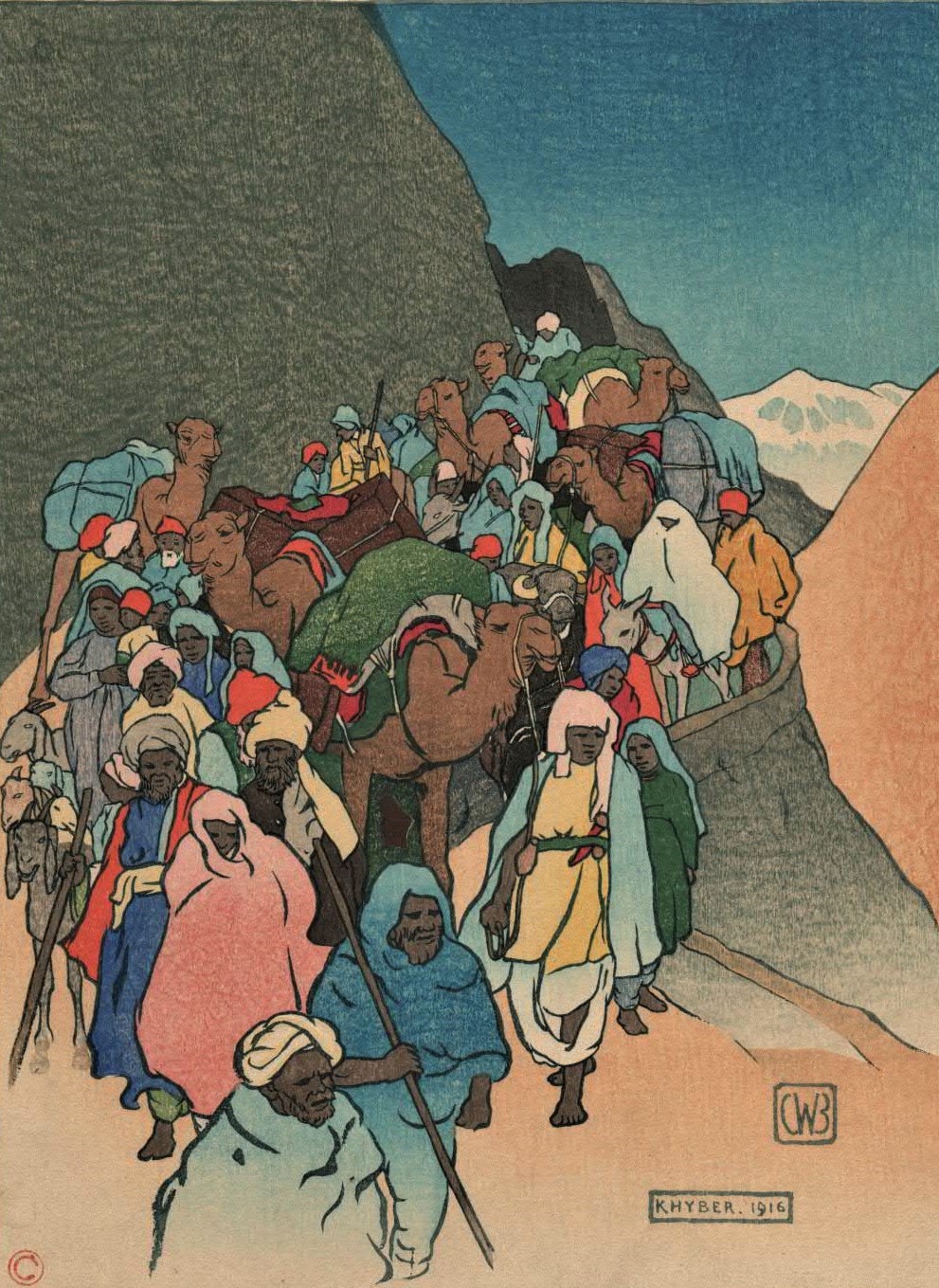
Can you better explain to us what characterizes this artistic movement brought to the Far East and which is still so little known ?
The so-called "Orientalist" painting, which greatly interested Europeans, especially the French, has been famous for a century. It was brilliant, but often accompanied a movement of colonization in Africa or the Middle East and borrowed little from local painting techniques. What, for convenience we will call "Far Orientalism" is, on the contrary, an artistic movement that is still little known. By contrast, it is a less conquering, more modest, more respectful path that leads these Western artists to insert themselves into local artistic creativity, learning from welcoming masters and using their reproduction and printing techniques, without abandoning the initial European training they had received in their youth. The result of this combination is of great richness and strong originality.
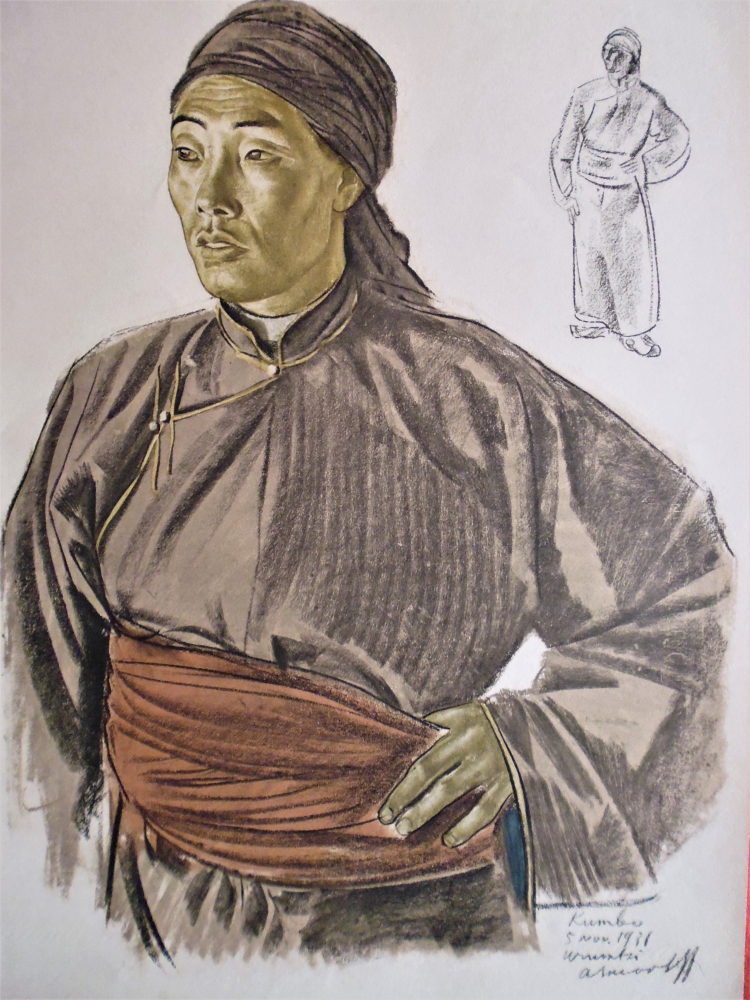
But who are the main painters of this current movement ?
The movement was born at the same time in Europe and the United States at the beginning of the 20th century. We therefore mainly have British, French, German, Austrian, Russian and American painters including Elizabeth Keith, Elyse Lord, Katharine Jowett, Paul Jacoulet, Léa Lafugie, Emil Orlik, Alexandre Iacovleff, Helen Hyde, Bertha Lum, Lilian Miller, Dorsey Tyson, Cyrus Baldridge, Charles Bartlett… I can't name them all. Their ambition was not to come and impose their knowledge but to better understand the world around them, to paint local inhabitants, scenes and landscapes with a curious and tender gaze, sharp with the sometimes caricatural and contemptuous perspectives of the era.
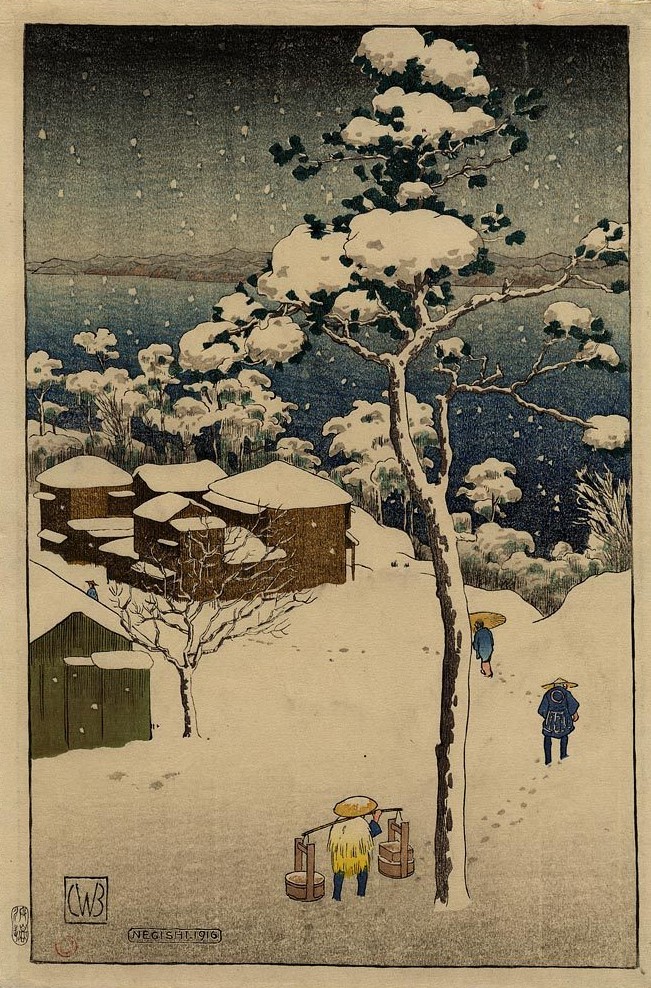
It seems that there are several women among these artists…
That's right. This is one of the very interesting characteristics of this artistic school. It should be remembered that the beginning of the 20th century was also marked by the birth of the feminist movement. Even if the Impressionist movement has allowed some women to break through, it is still difficult for them to benefit from the same facilities and the same possibilities of recognition as men. In their search for greater freedom, some therefore turned to a new style of painting, coming from elsewhere. And this quest for independence even led most of them to detach themselves from their original environment to go and settle in the Far East. Artistic creation goes hand in hand with social liberalisation.
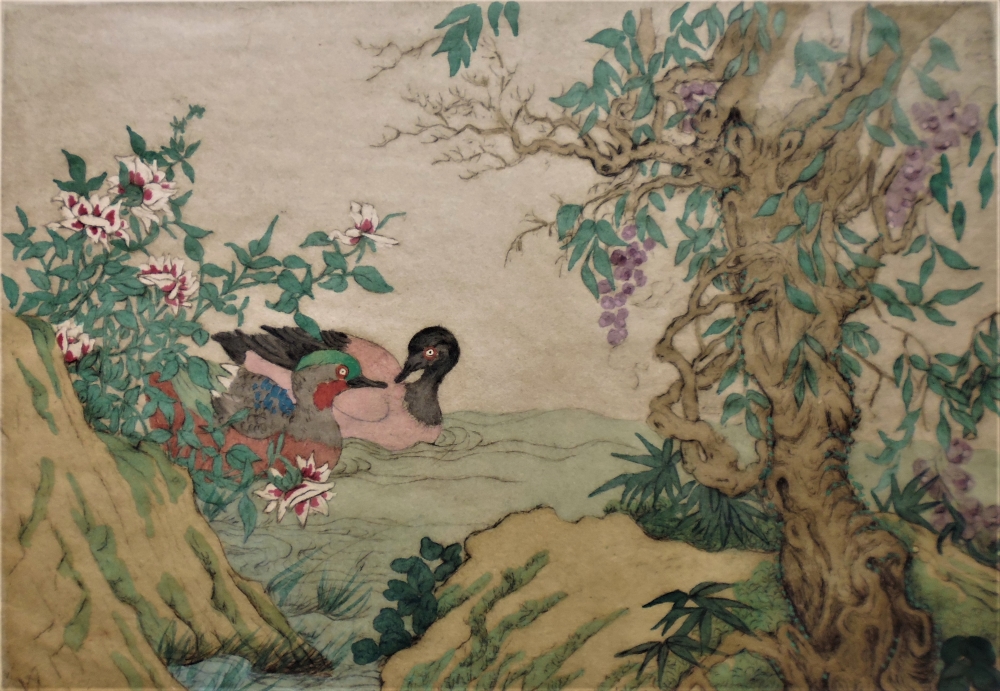
Which of these painters do you prefer ?
I have a particular admiration for Paul Jacoulet. Born in Paris in 1896, he accompanied his parents at the age of three to Tokyo where his father was appointed and he spent his whole life in the Far East, mainly in Japan but also in China, Korea and the islands of the Pacific. Trained by the best masters in wood engraving, he painted many watercolours and produced over 150 prints, often flamboyant portraits of men and women he met every day, in an almost ethnographic approach. He demonstrated throughout his work a sharp sensitivity, a daring sensuality, a perfect technical mastery and offers us the beauty of a colourful world, filled with tenderness, calm and welcoming yet saddened by the foreknowledge of its impending demise. Paul Jacoulet has been exhibited much more in Asia and the United States than in Europe. His daughter, however, bequeathed all of his work to the Musée du Quai Branly in Paris, which therefore finally allowed a magnificent exhibition in 2013 to take place on this little-known French painter, with an emphasis on the watercolours painted in Micronesia. I personally had the privilege of exhibiting the prints I own by Jacoulet in the Fall of 2016 in the prestigious premises of the Maison de la Culture du Japon in Paris and this presentation was a great success.
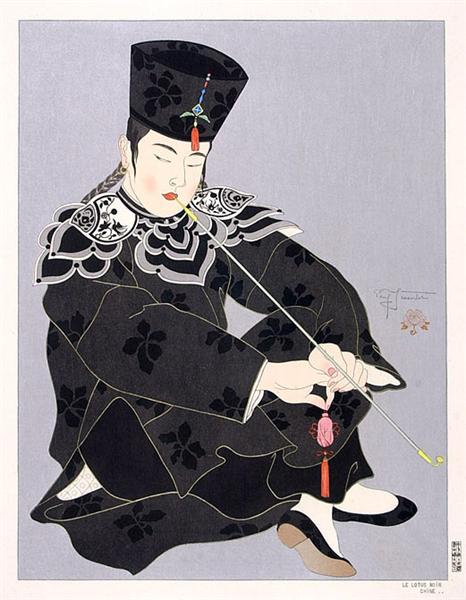
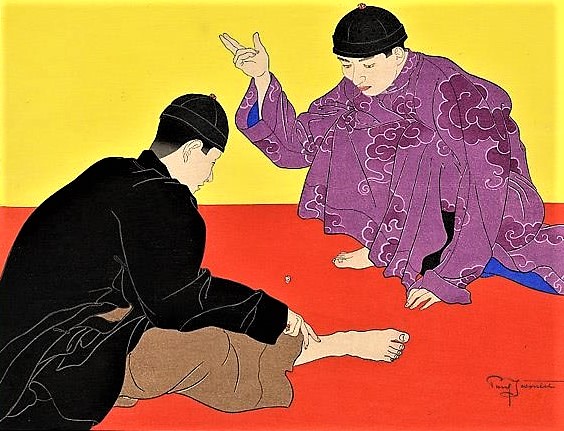
(Jacques Dumasy is also the author of an important book, profusely illustrated, on the history of relations between France and China, published in 2014 on the occasion of the fiftieth anniversary of diplomatic recognition between the two countries : La France et la Chine, 1248-2014, de la méconnaissance à la reconnaissance. Now out of print, this book is still available on the Amazon or Fnac sites.)
